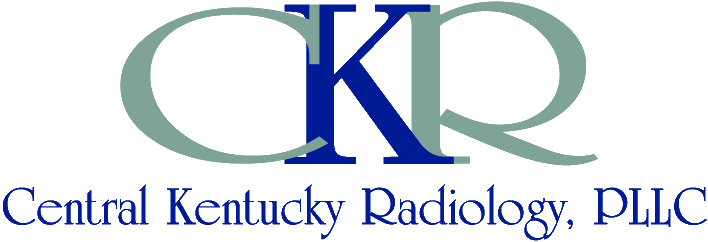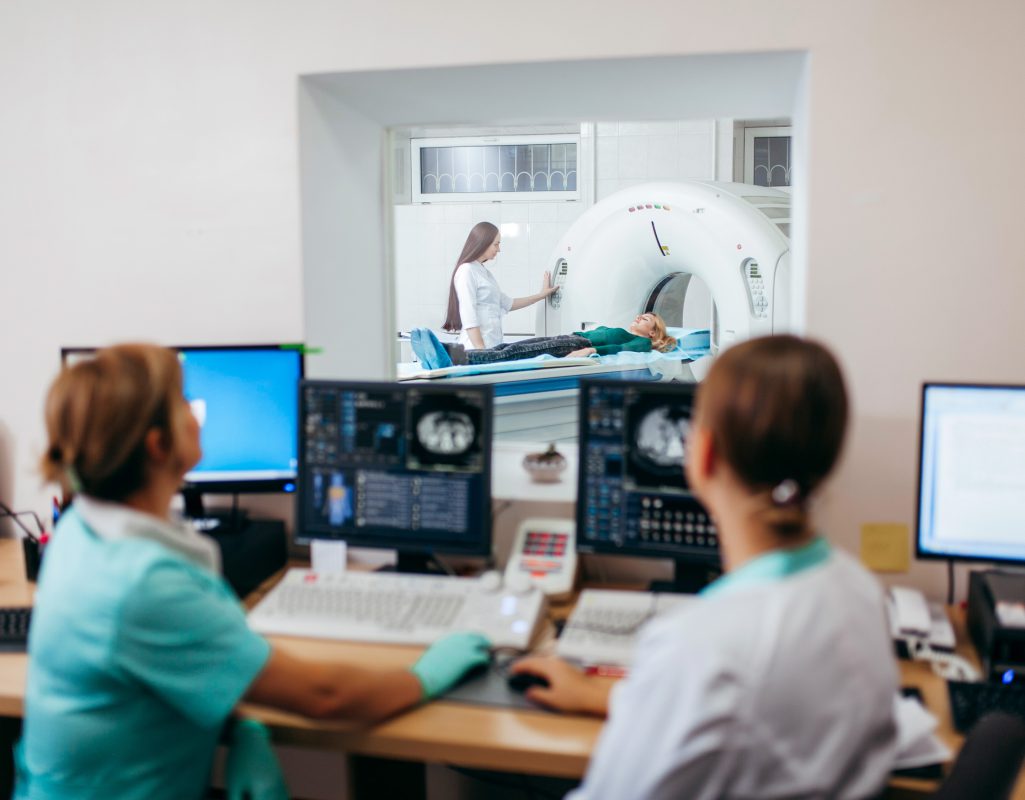Understanding the role of Radiology in Modern Medicine
Radiology plays a pivotal role in modern medicine, offering critical insights that help diagnose and treat various medical conditions. Through advanced imaging techniques, radiologists can provide detailed information about the inside of the body without the need for invasive procedures.
What is Radiology?
Radiology is a medical specialty that uses imaging technologies to diagnose and sometimes treat diseases. These technologies include X-rays, computed tomography (CT) scans, magnetic resonance imaging (MRI), ultrasound, and positron emission tomography (PET) scans. Each type of imaging provides different information and is used in various medical contexts.
Key Imaging Techniques in Radiology
1. X-rays: One of the most common imaging techniques, X-rays use radiation to produce images of bones and certain body tissues. They are often used to diagnose fractures, infections, and some tumors.
2. CT Scans: CT scans combine X-ray images taken from different angles to create cross-sectional views of the body. This technique is useful for detecting internal injuries, tumors, and various diseases.
3. MRI: MRI uses powerful magnets and radio waves to produce detailed images of organs and tissues. It is particularly useful for imaging soft tissues such as the brain, muscles, and connective tissues.
4. Ultrasound: Ultrasound uses sound waves to create images of the inside of the body. It is commonly used in obstetrics, cardiology, and to assess soft tissue structures.
5. PET Scans: PET scans use a radioactive substance to look for disease in the body, providing information about how tissues and organs are functioning.
The Importance of Radiology
Radiology is essential in the early detection and diagnosis of diseases, allowing for timely and effective treatment. Imaging can reveal conditions that are not detectable through physical examination alone, leading to better patient outcomes. Additionally, radiology is crucial in monitoring the progress of treatment, guiding surgical procedures, and planning radiation therapy for cancer patients.
Innovations in Radiology
The field of radiology is continually evolving, with ongoing advancements in imaging technology enhancing diagnostic accuracy and patient safety. Innovations such as 3D imaging, artificial intelligence, and lower-dose radiation techniques are improving the efficiency and effectiveness of radiological services.
Radiology is a cornerstone of modern healthcare, providing indispensable tools for diagnosing and treating a wide range of medical conditions. As technology continues to advance, the capabilities of radiology will only expand, offering even greater benefits to patients and healthcare providers alike. For more information on radiology and its applications, consult reliable medical resources or your healthcare provider.
Disclaimer
*Please note that the pictures or services described in this blog might not be offered at Central Kentucky Radiology. It’s always good to consult your doctor if you have any questions or concerns about your radiology needs.

